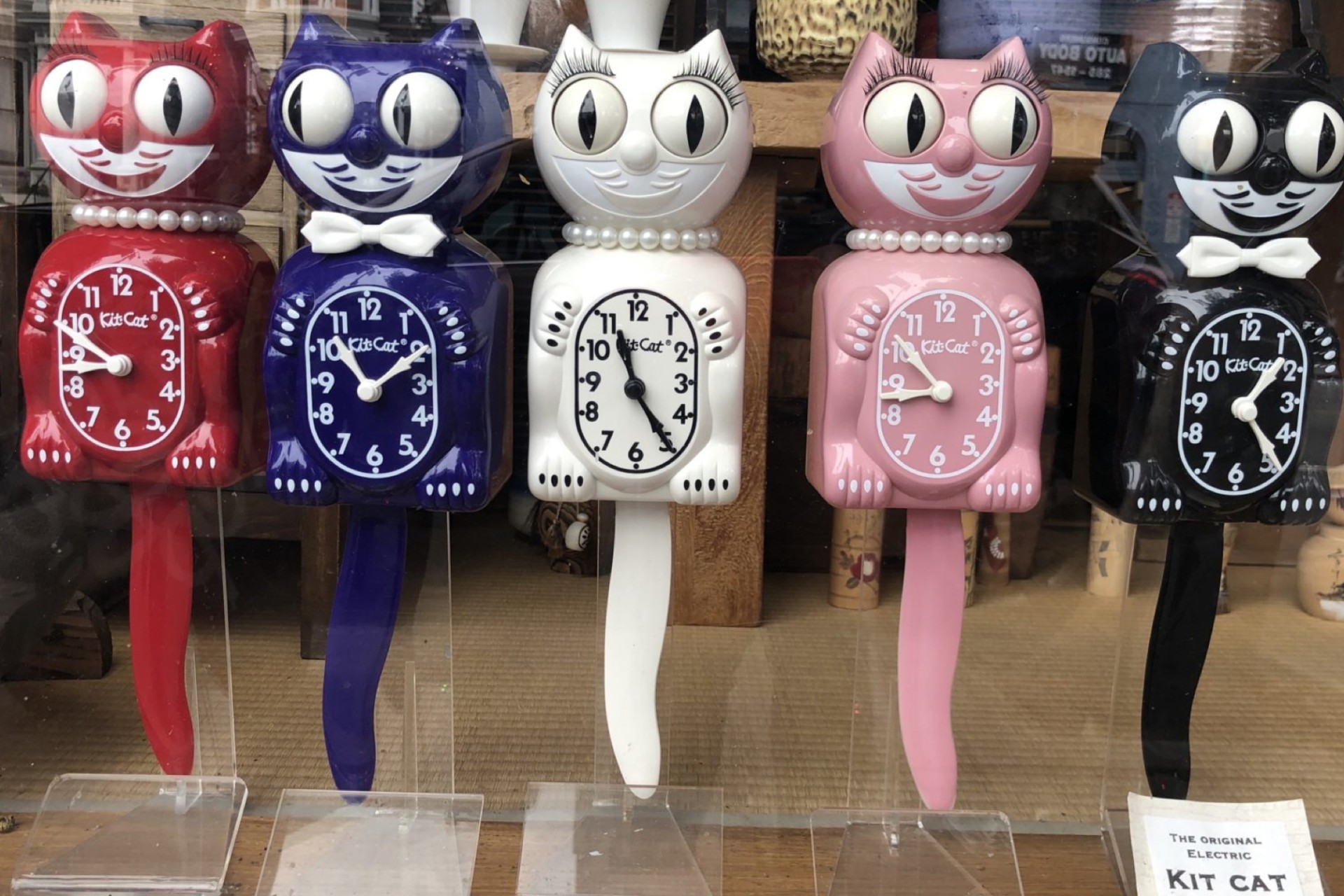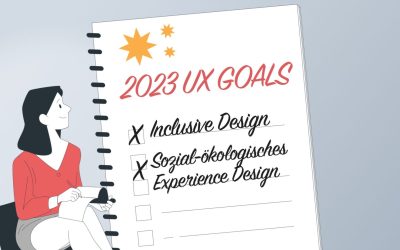Happy twenty twenty! We hope you all had a good start into the new year!
We are already almost in the middle of January, but still the question: What comes in the new year? What topics and questions are likely to (continue to) occupy us as user experience designers this year? We have created a selection of six (meta) topics that are close to our hearts and that we will continue to work on. Have fun!
Inhaltsverzeichnis:
- Inclusion and diversity in design
- User Research
- Thinking along with Non-User Personas/ Served Personas
- Ethical design – and Valley’s mantra of “move fast and break things” continues to be very critically challenged
- Design for digital “wellbeing” – or: Behaviorism by Design adé!
- Polite Design / Polite Design
Inclusion and diversity in design
Actually, it was once thought that the Internet and new technologies would make society more open, transparent and equal. Well, we must have taken a wrong turn somewhere. Often, it is the established mechanisms that cement social inequality and keep outdated stereotypes alive. For example, gender role stereotypes are often programmed into technology (see Wozniak’s tweet on this https://twitter.com/stevewoz/status/1193330241478901760), which can lead to the perpetuation of traditional roles. Among other things, this also manifests itself in the eternal female (voice) assistant: always friendly, always serving – but with pleasure, nevertheless, somewhat … uh yes incompetent and please just not too *pushy* – even suggestive remarks she smiles away meaninglessly. How convenient! Therefore, it is still true: We need to include marginalized groups and also (contextual) minorities in our design process to break this cycle.
By the way, here are three great books that deal with the topic in the broadest sense, maybe you have more tips? Gladly here with it 🙂
Which leads us directly to User Research.
User Research
Does anyone still remember the theme music of the German Sesame Street? Who, how what; why, why why – who does not ask remains stupid . Very clever we think – should become the theme song of every project! But, again: In our design processes, user research – from evaluative methods such as usability tests or competitor analyses to basic and explorative user research – is unfortunately still too often neglected. No time, no money, it must go fast above all. Yet it should be integrated into our processes as a matter of course – because: UX-U = X. Yes, that’s exactly what the Nielsen Norman Group said, from whom we stole this clever formula (which gets to the heart of the matter). Because: User Research is a very powerful tool to drive positive change and to stay competitive. The time you invest here definitely pays off, it can even save a lot of time and money.
In addition also interesting:
Thinking along with Non-User Personas/ Served Personas
“They are not users of the product, but they are directly affected by the use of the product ” Alan Cooper wrote very wisely a long time ago in his classic “About Face“ to describe Served Personas . These must be taken into account to a greater extent, especially in the future: Many services and design decisions affect our direct environment and often also involve people who do not use the service or product at all – in the case of the urban trends currently emerging, such as e-mobility, this also means keeping wheelchair users or people with strollers in mind.In the case of emerging urban trends such as e-mobility, this means keeping in mind wheelchair users or people with strollers with whom you share the sidewalk; in the case of new driving services, considering the general traffic load in city centers; or as another example: in native smartphone apps that access the phone’s contacts, considering the people in the contacts who don’t necessarily want to end up in your database.
A not so distant relative to this is the following subject:
Ethical design – and Valley’s mantra of “move fast and break things” continues to be very critically challenged
In 2018, Elaine Herzberg was hit and killed by a self-driving car during a test of those same cars. After the crash of two Boeing 737 MAX 8 aircraft shortly after each other, they have to remain grounded until further notice.
This is not about a moral dilemma like the trolley problem, which we will not solve even in the digital context. This is about responsibility and human error by design, which seems to stand up to many decision-making processes. We cannot simply shift responsibility to the machines, pilots, or drivers of self-driving vehicles when corporate cultures place “disruption,” innovation, profit, and speed above safety in the wake of fierce competition. We think: Slow down and fix things. To do this, it is important to create awareness of how and why such mistakes happen, and then consider how to minimize them.
This also leads us to….
Design for digital “wellbeing” – or: Behaviorism by Design adé!
I experienced something similar myself a few years ago, and it actually startled me to some extent: Somewhere on an advertising banner, a red dot appeared out of nowhere, similar to the one that appears as soon as you receive a notification on Facebook.”Oops a message, quickly look what’s new” my brain reported insanely (there was no message!).
It is by the way has shown that dopamine (a neurotransmitter that is often referred to as the “happiness hormone” in everyday life) is released during notifications. That is, we – that is, our reward center in the brain – react like Pavlov’s dog to the bell – not literally drooling, but approximately – physically to a red dot as a triggering stimulus that we have continuously learned. In business slang, this is called engagement, among other things, and the best way to do this is infinite –in other words, keeping users happy, as the saying goes, or as one could also say: “Design for Business” – and business only. Yes – infinite scrolling is definitely one of them.
And this is exactly the challenge that we as “user experience designers” are confronted with time and again: Who are we actually designing for? The “business” or the users? To do this, it is important to realize that business goals often diverge widely from user goals. And by the way, this is not only an ethical problem – but also a trust problem, which in turn can have an enormous impact on the business goals that you so much want to achieve – and negative ones at that, but that’s a whole separate, bigger issue again, as you can read here to some extent.
The core question that remains is: How do we bring together the required business and user goals in a way that is ethically justifiable and thus remains true to human-centered design, which we as (user) experience designers are supposedly so committed to.
And last but not least – also not to be sneezed at:
Polite Design / Polite Design
Complaining and stroppy service employees, rude, pushy or silent salespeople – these are all examples that seem very absurd and unacceptable to us in “real” life – and yet over there, in the digital world, this behavior is quite common: Accounts that you can’t delete and over which you have no control, popups that pop up every two seconds and ask you twenty times whether you want to subscribe to the newsletter, confusing error messages that don’t help us, and so on and so forth. In other words: there is often still definitely no self-evident “human / user first approach“.
User Centred Design or User Experience Design is thus – if it is considered necessary at all – still often seen simply as a topping on an existing product. Again, our mission continues to be to change that.





